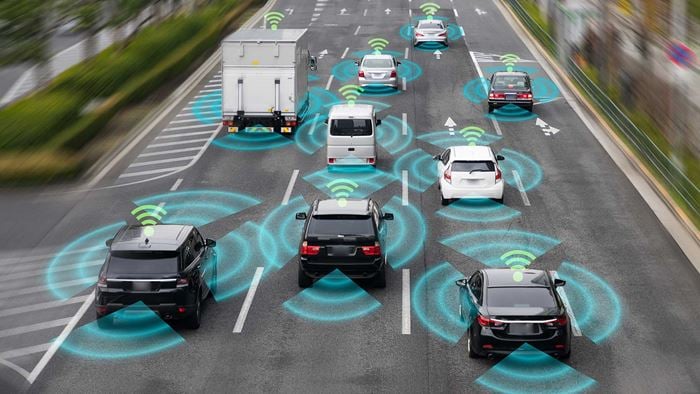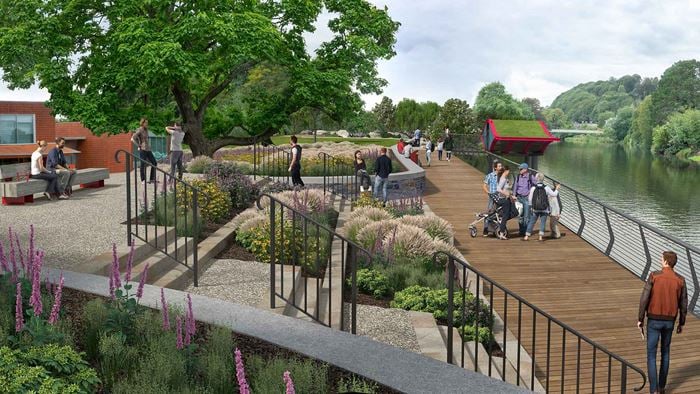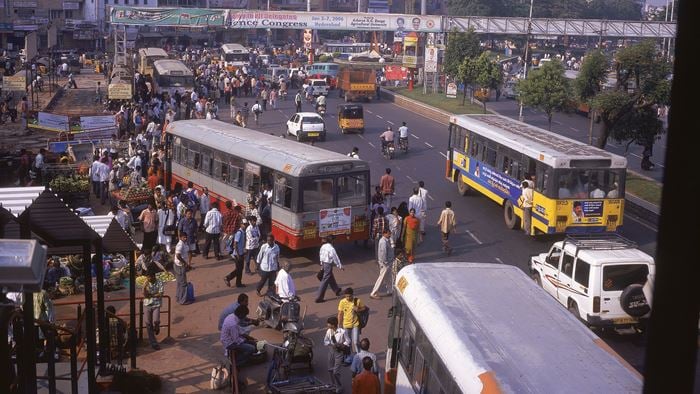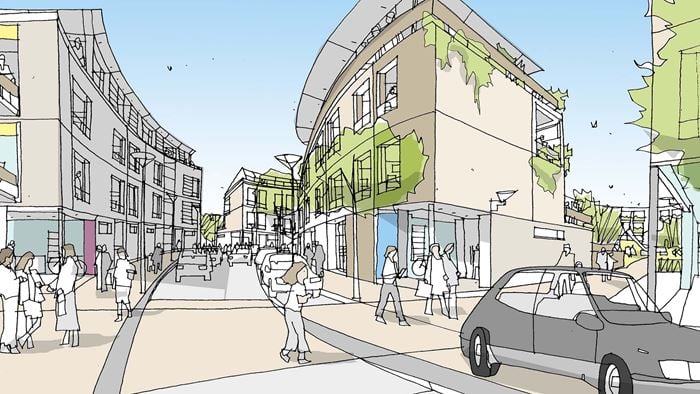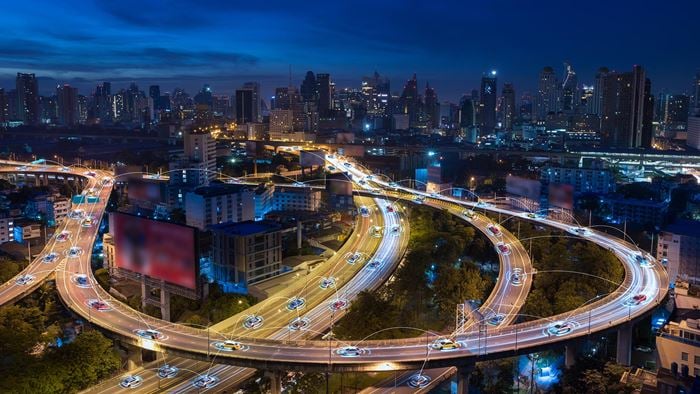Automation of activities previously undertaken by humans is nothing new. The world of autonomous vehicles is rapidly approaching, some would say here already. Perhaps the difference with this particular automation cycle within historic cycles, is that it is not simply happening within the confines of factories, or focused on single transactions. It has the potential to reshape cities and directly impact all of our lives. Much like the private vehicle has in the 20th century.
“City planning happens at a gradual pace, decisions made now influence outcomes 20 and 30 years from now. Thoughtful planning can provide beneficial outcomes for the wider community and enhance ‘liveability’. ”
Dylan Melsom Engineer
So the question arises, how and in what form should we be planning with respect to the adoption of autonomous vehicles within the next 30 years?
The significant planning impacts will not necessarily be in the increased capacity of the road network, or provision of safer roads, less intersection control or greater car occupancy. Whilst these are all benefits to community and will impact our experience of travel, it is the land and space required for this changing road network operation paradigm that is likely to impact the planning of our cities. In particular, what should be an appropriate level of parking provision, if any at all? And where should it be located?
“The possible future scenarios are diverse, and have the potential to drastically change land use planning for our city. ”
Darryl Patterson Associate Principal
We see two possible scenarios that might outline a ‘design envelope’ for shaping our cities of the future:
Scenario 1 – Autonomous vehicles will be privately owned and essentially replace the current manual operation of the private vehicle
Scenario 2 – Autonomous vehicles will facilitate greater use of car sharing and replace the role currently undertaken by low occupancy private vehicles
The most likely reality is that the future will weave a path somewhere between these two scenarios. The path will be influenced not only by governments, who have traditionally guided the transport network, but by a range of new private companies seeking to supply mobility services as well as supporting the vehicles that supply these services.
Improving city outcomes
This uncertainty on the implementation of autonomous vehicles provides challenges for the planning process, but also opportunities to improve city outcomes.
Scenario 1, or “carmageddon” as it is so often referred to, could perpetuate the private motor vehicle culture. This would lead to the continuation of low density city planning (in Australia at least), but provide improved mobility options for those that may not have otherwise had them.
Scenario 2 should reduce the total number of private vehicle trips from the current trend, but may create issues of empty running, storage and layover for autonomous vehicles.
With the support of an Arup University grant, we are currently researching what the implications are for autonomous vehicles. What it may mean for parking provision and land use for a range of different autonomous vehicle implementation scenarios. Planning decisions made now, need to reflect these potential futures. It is important it is given considered thought so liveability and community outcomes can be further enhanced in the future with the expected advent of autonomous vehicles.
This research has been funded by an Arup University Invest in Arup grant.
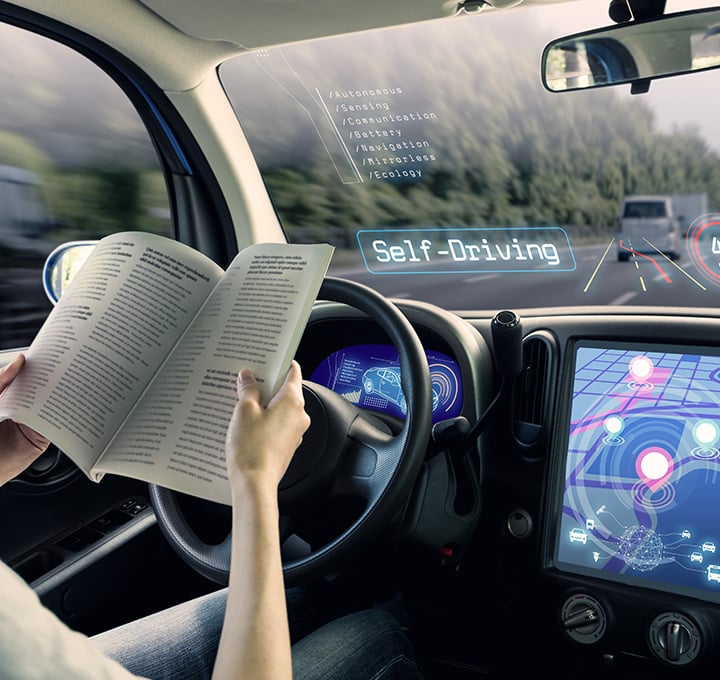 ;
;




